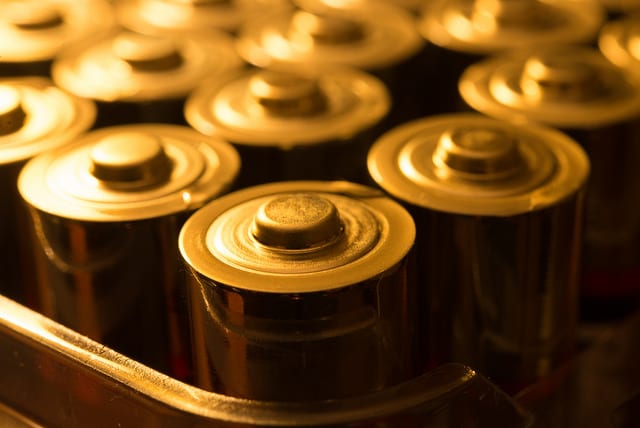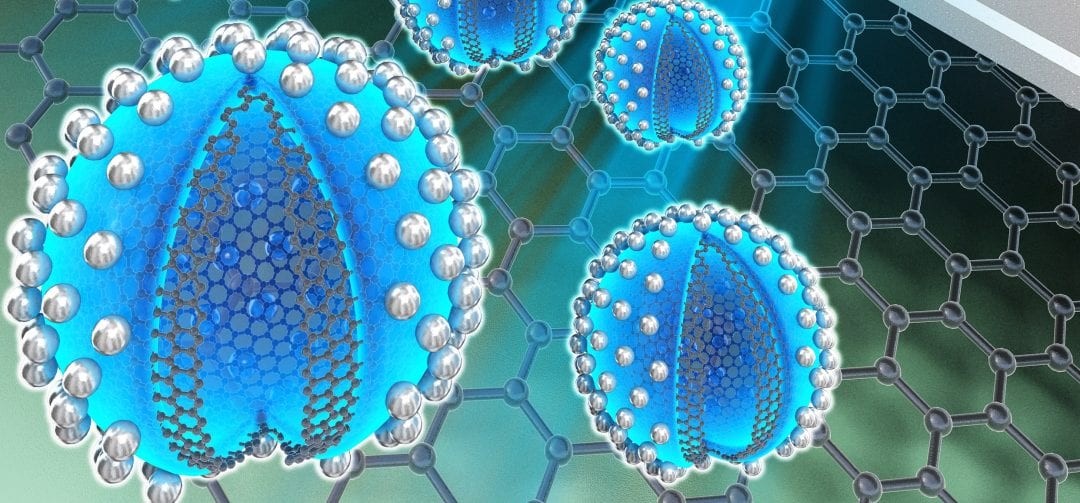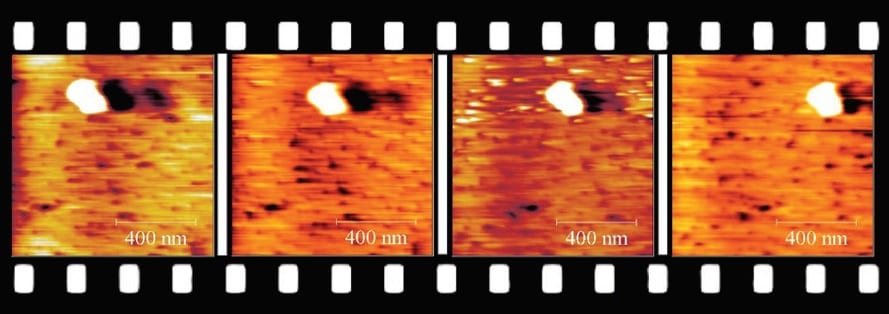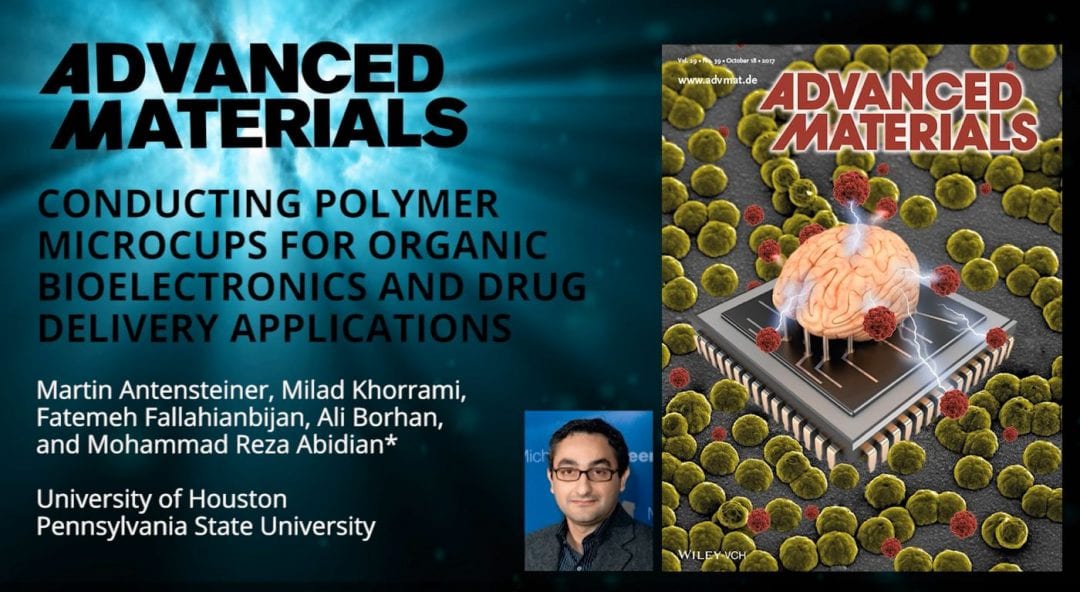A team of Chinese researchers demonstrated an optofluidic strategy, by implanting the microfluidic technique with a large-tapered-angle fiber probe (LTAP), to organize and transport a cell chain in a noncontact and noninvasive manner.


A team of Chinese researchers demonstrated an optofluidic strategy, by implanting the microfluidic technique with a large-tapered-angle fiber probe (LTAP), to organize and transport a cell chain in a noncontact and noninvasive manner.

Chunmeng Shi and co-workers from the Third Military Medical University in Chongqing, China, introduce a small-molecule-based cancer theranostic agent for simultaneous cancer-cell mitochondrial targeting, NIR imaging, and chemo-/PDT/PTT/multimodal therapeutic activities.

Nanostructured hydroxyapatite (nHAp) appears to have a great potential to revolutionize the hard tissue-engineering field, starting from bone repair and augmentation to controlled drug delivery systems.

Genome-editing therapeutics introduce foreign nucleic acids and proteins into the circulation and cells, which can activate the innate, cellular, and humoral immunity in human patients. The key obstacle in translating CRISPR therapeutics to the clinic is hence to identify, diminish, and monitor these immunological risks before adverse immune reactions.

Batteries from a variety of manufacturers are examined using high-speed X-ray imaging to determine their failure mechanisms during thermal runaway.

Fengyu Li and Yanlin Song from the Chinese Academy of Sciences, along with their co-workers, have designed high-performance flexible perovskite solar cells (PSCs) for wearable electronics using green printing technology.

AMI presents the impressive covers of its current issue, highlighting electrochemistry, acoustic streaming, superhydrophobicity, and precision APT.

Polymeric nanoparticles acting as intracellular ROS regulators show promise as antiviral agents in influenza-infected kidney cells.

Stabilizing interfacial layers enable atomic force microscopy imaging of soft and dynamic liquid/liquid interfaces without any solid support.

University of Houston and Pennsylvania State University researchers fabricate conducting polymer microcups from polylactic-co-glycolic acid (PLGA) for neural applications and drug delivery. These microcups are tunable in terms of size, surface roughness, electrical properties, and drug release.